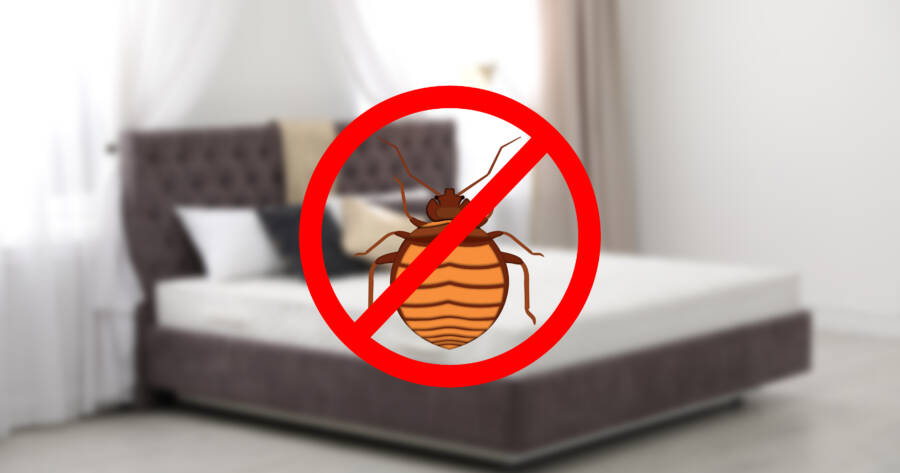Bed bugs are more than just a nuisance–they’re relentless, hard to detect, and notoriously difficult to eliminate. Once they’ve made themselves at home, getting rid of them takes swift action and the right treatment plan. From targeted sprays to heat treatments, effective solutions do exist. The key is acting quickly and using methods that tackle the infestation at every stage.
Spotting the Signs Early
Catching bed bugs early can make all the difference in stopping an infestation before it spreads. Common signs include small reddish stains on sheets, tiny black dots (bed bug droppings), and molted exoskeletons. Bites often appear in clusters or straight lines, typically on exposed skin like arms and legs. Though they’re small, bed bugs can be seen with the naked eye, usually around mattress seams and headboards.
Regularly inspecting your mattress, box spring, and surrounding furniture is crucial, especially after travel or guests. Bed bugs can hitchhike in luggage or on secondhand furniture, so early detection is key to preventing a larger problem. The sooner you identify them, the more manageable the treatment will be—and the less likely it is they’ll spread throughout your home.
The Power of Heat Treatments
Heat is one of the most effective ways to kill bed bugs at every life stage. Professional exterminators use industrial-grade heaters to raise the temperature of a room to around 120–140°F for several hours. Bed bugs cannot survive these conditions, making heat treatment a reliable, chemical-free solution for widespread infestations.
For smaller infestations or DIY efforts, there are heat chambers and portable devices designed for clothes, bedding, or luggage. Washing and drying items on high heat also helps eliminate eggs and nymphs. While it may require temporarily vacating the home, heat treatment offers a thorough approach with minimal risk of resistance, making it a top choice for long-term results.
Chemical Sprays and Insecticides
Targeted insecticides can be very effective when applied correctly, especially in hard-to-reach cracks and crevices. Look for EPA-approved sprays specifically designed to kill bed bugs and their eggs. Products containing pyrethroids or desiccants like silica dust work by breaking down the bug’s protective outer shell, leading to dehydration and death.
Proper application is essential. Bed bugs are excellent hiders, often nesting in wall voids, baseboards, or behind electrical outlets. In some cases, multiple treatments are necessary to break the life cycle. Always follow manufacturer’s instructions or hire a licensed pest control professional to ensure safe and effective use. Spot treatments alone rarely solve the problem, but they can be a powerful part of a broader plan.
Vacuuming and Encasements for Prevention
Physical removal through vacuuming can help reduce the number of bed bugs before or during treatment. Focus on seams, corners, and crevices of mattresses, box springs, and furniture. Immediately dispose of vacuum bags in sealed plastic and clean the vacuum afterward to prevent recontamination.
Mattress and box spring encasements are also essential. These zippered, bug-proof covers trap any remaining insects inside and prevent new ones from settling in. Look for encasements labeled specifically for bed bug protection, as they’re designed to be escape-proof and durable. Used alongside other treatments, this combination can protect your bed while cutting off a major harboring zone.
Combining Efforts for Lasting Results
No single method can handle bed bugs on its own. The most effective approach is a combination of treatments tailored to your home’s specific needs. Whether you’re tackling a minor outbreak or a full-blown infestation, combining heat, chemicals, physical removal, and prevention tools ensures every stage of the life cycle is addressed. Persistence is key–bed bugs are tough, but with the right strategy and consistent effort, they’re beatable. Acting quickly and decisively is the best way to stop them in their tracks and reclaim your home.
